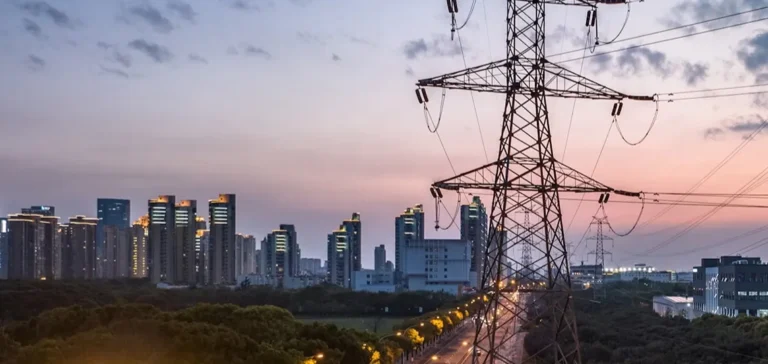Global electricity demand growth remains strong despite the uncertain economic context, according to a report on the state of the international electricity market. Electricity, essential for industry, building cooling, powering data centres and developing electric vehicles, continues to see rising consumption. Forecasts indicate that global demand will increase by 3.3% in 2025 and by 3.7% in 2026, a rate more than twice as high as overall energy demand growth over the same period.
Rise of renewables and evolution of the energy mix
Renewable energy sources are expected to become the leading global source of electricity between 2025 and 2026, overtaking coal, subject to weather conditions and fuel prices. At the same time, nuclear output will reach record levels, supported by the restart of reactors in Japan, stable output in the United States and France, and new projects in Asia. The steady increase in natural gas-fired generation continues to replace coal and oil in several regions of the world.
The dynamics of the energy mix are helping to stabilise carbon dioxide (CO2) emissions from electricity production, with a forecast of stagnation in 2025 and a slight decrease in 2026. However, this trajectory may shift depending on economic and weather-related developments.
Asia’s driving role and regional disparities
Most of the demand growth comes from emerging Asian economies, mainly China and India, which will account for 60% of the global consumption increase in 2025-2026. In China, growth is expected to reach 5.7% in 2026, while in India it could reach 6.6% the same year. The United States will also see sustained demand, driven by the rapid expansion of data centres, with annual growth above 2% for the next two years, far surpassing the average of the past decade.
By contrast, electricity consumption in the European Union will rise more slowly, around 1% in 2025, with moderate acceleration expected for 2026. The European industrial sector faces electricity prices on average twice as high as those seen in the United States and significantly higher than in China, intensifying challenges for the competitiveness of energy-intensive industries.
Prices and flexibility: new challenges for markets
In the first half of 2025, wholesale electricity prices in the European Union and the United States increased by 30 to 40% compared with the same period the previous year, mainly due to higher natural gas prices in a tight global market. Nevertheless, average prices remain below 2023 levels but above those recorded in 2019. Furthermore, the increased frequency of negative prices in some markets highlights the need for greater flexibility, notably through adapted storage mechanisms and demand-side management.
These changes in prices and flexibility needs are drawing the attention of all stakeholders in the energy sector. According to Keisuke Sadamori, Director of Energy Markets and Security at the International Energy Agency (IEA), “the rapid expansion of renewables and nuclear is deeply shaping electricity markets, but must be matched by investment in grids, storage and flexibility to meet demand”.






















